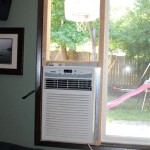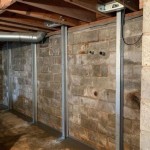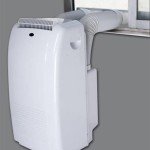Lift Pump For Basement Bathroom
A lift pump is a device that is used to pump waste water from a lower level to a higher level. This is often necessary in homes that have a basement bathroom, as the waste water from the bathroom cannot be drained into the main sewer line by gravity alone. Lift pumps can also be used to pump waste water from other areas of the home, such as a sump pump or a laundry room.
There are two main types of lift pumps: submersible and non-submersible. Submersible lift pumps are placed in a sump basin, which is a hole that is dug in the floor. The pump is then submerged in the waste water and pumps it up to the main sewer line. Non-submersible lift pumps are placed outside of the sump basin and use a hose to pump the waste water up to the main sewer line.
When choosing a lift pump, it is important to consider the following factors:
- The size of the sump basin
- The height that the waste water needs to be pumped
- The volume of waste water that will be pumped
- The type of waste water that will be pumped
It is also important to make sure that the lift pump is properly installed and maintained. This will help to ensure that the pump operates properly and does not cause any problems.
Lift pumps can be a valuable addition to any home that has a basement bathroom. They can help to ensure that the waste water from the bathroom is properly drained and does not cause any problems.
How to Install a Lift Pump
Installing a lift pump is a relatively simple process. However, it is important to follow the manufacturer's instructions carefully to ensure that the pump is properly installed and does not cause any problems.
- Choose a location for the sump basin. The sump basin should be located in the lowest part of the basement and should be large enough to accommodate the lift pump.
- Dig a hole for the sump basin. The hole should be deep enough so that the top of the sump basin is level with the floor.
- Place the sump basin in the hole and backfill around it with gravel or sand.
- Connect the lift pump to the sump basin. The pump should be connected to the discharge pipe of the sump basin.
- Connect the lift pump to the main sewer line. The pump should be connected to the main sewer line using a discharge hose.
- Test the lift pump. The pump should be tested by pouring water into the sump basin and checking to see if the water is pumped up to the main sewer line.
How to Maintain a Lift Pump
Lift pumps require very little maintenance. However, it is important to check the pump regularly to make sure that it is operating properly.
- Check the pump for any leaks or damage.
- Clean the pump's impeller and screen. The impeller is the part of the pump that rotates to pump the water. The screen is the part of the pump that prevents debris from entering the pump.
- Lubricate the pump's bearings. The bearings are the parts of the pump that allow the impeller to rotate.
By following these simple maintenance tips, you can help to ensure that your lift pump operates properly for many years to come.

Everbilt 1 2 Hp Upflush System Sewage Ejector Pump Kit Sw07501tc The Home

The Difference Between Sump Pits And Lift Stations Cape Coral Fort Myers Plumbing Air Conditioning Service Avis

Basement Plumbing For Ejector Pump Up To Main Sewage Line Terry Love Advice Remodel Diy Pro Pumps

Installing A Lift Station

Installing A Sewage Lift Station In Your Basement Extreme How To

Basement Bathroom Plumbing Planning For A Below Grade Lavatory

Superior Pump 1 2 Hp Sewage Ejector Kit With Basin 93020u The Home

What Is A Septic Ejector Pump How Does It Work The Original Plumber

Saniplus The Original Macerator For A Full Bathroom Saniflo

Sewage Ejector Pump Diagram Sump Sewer
See Also








